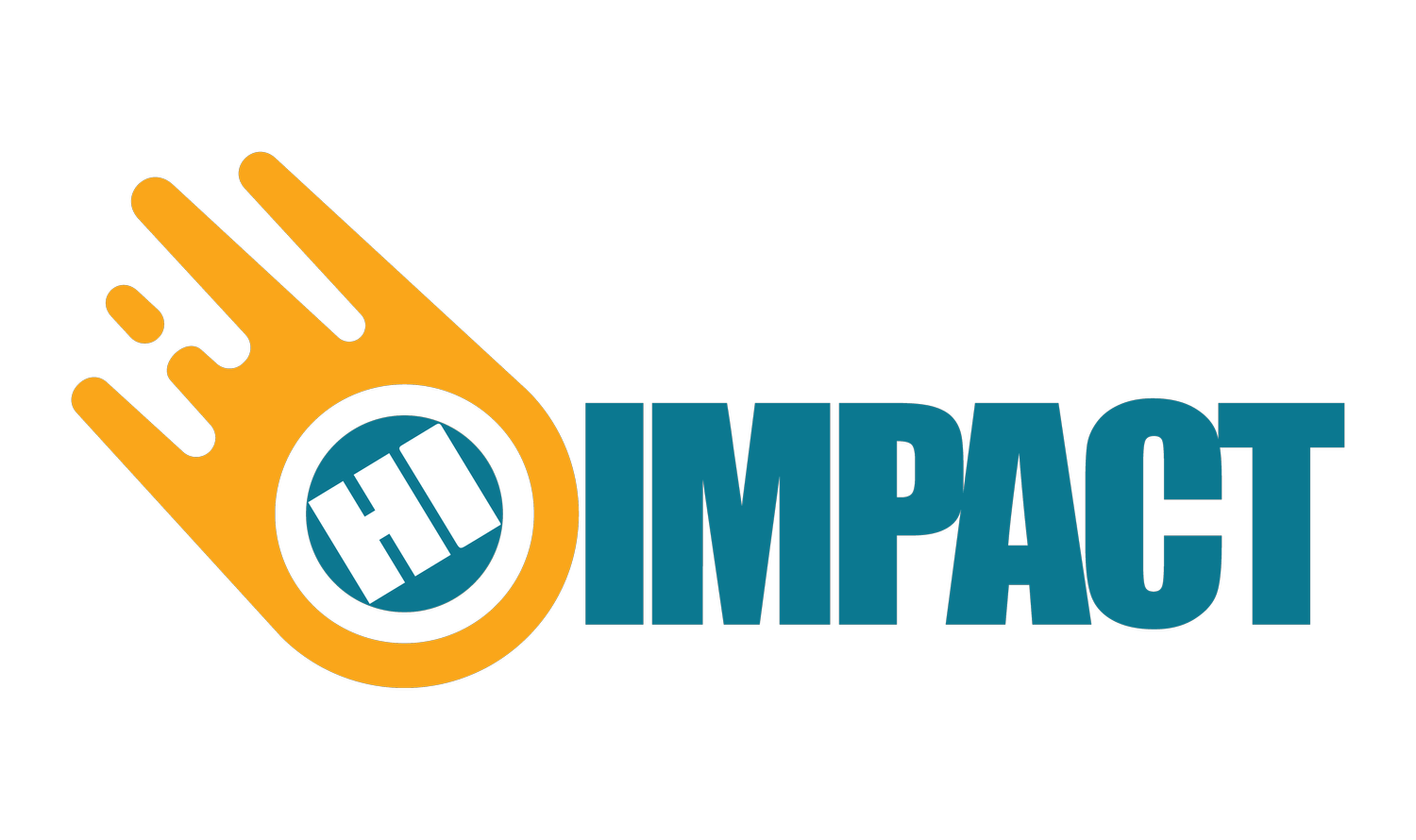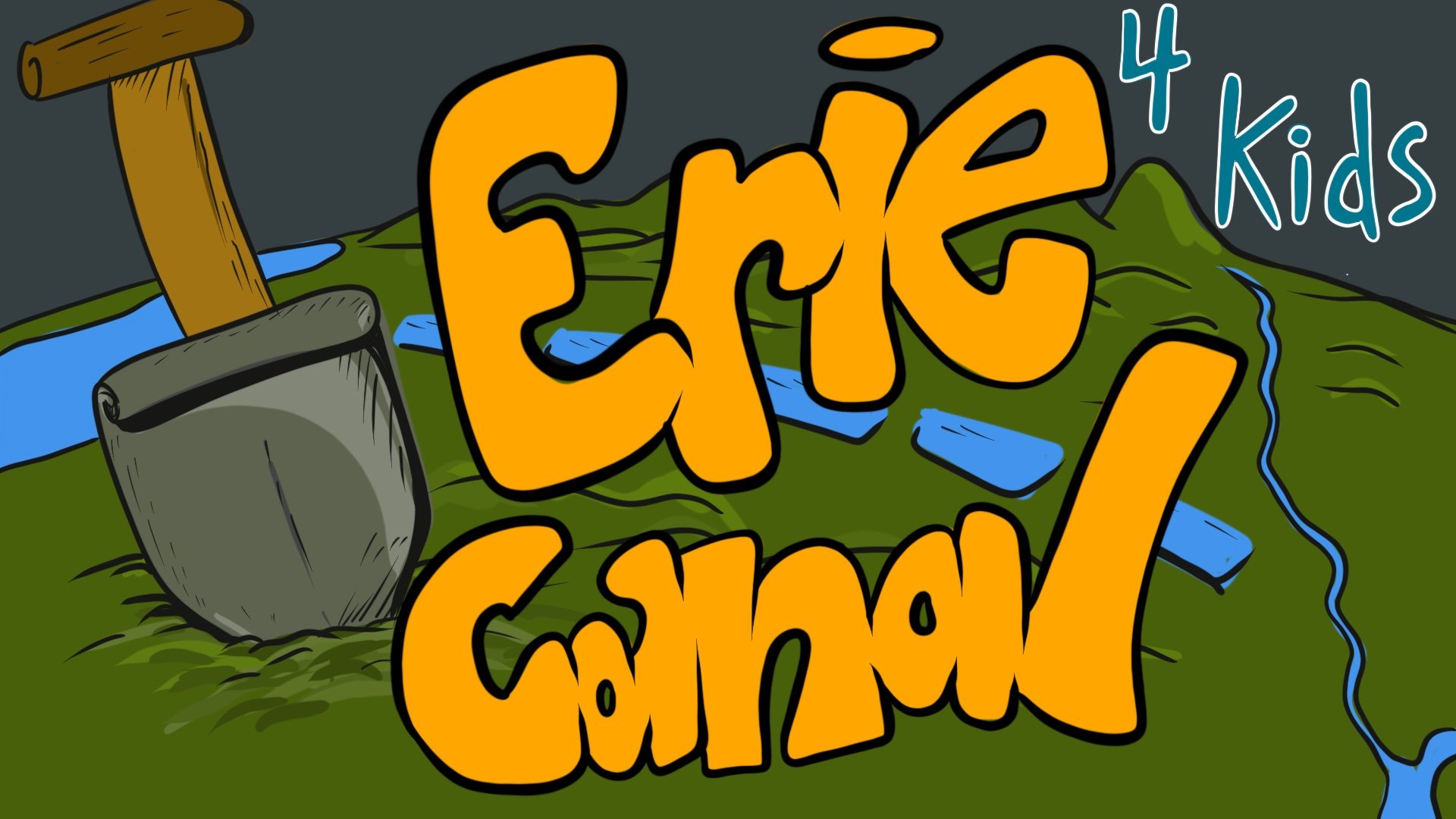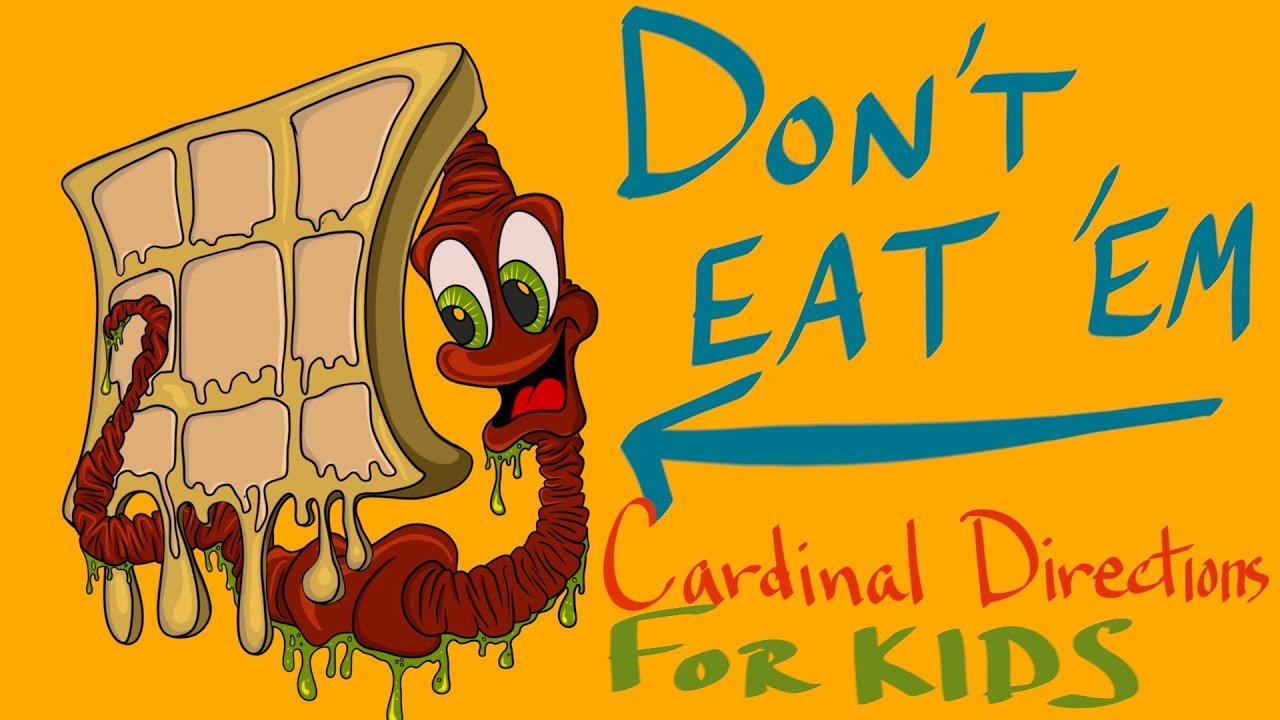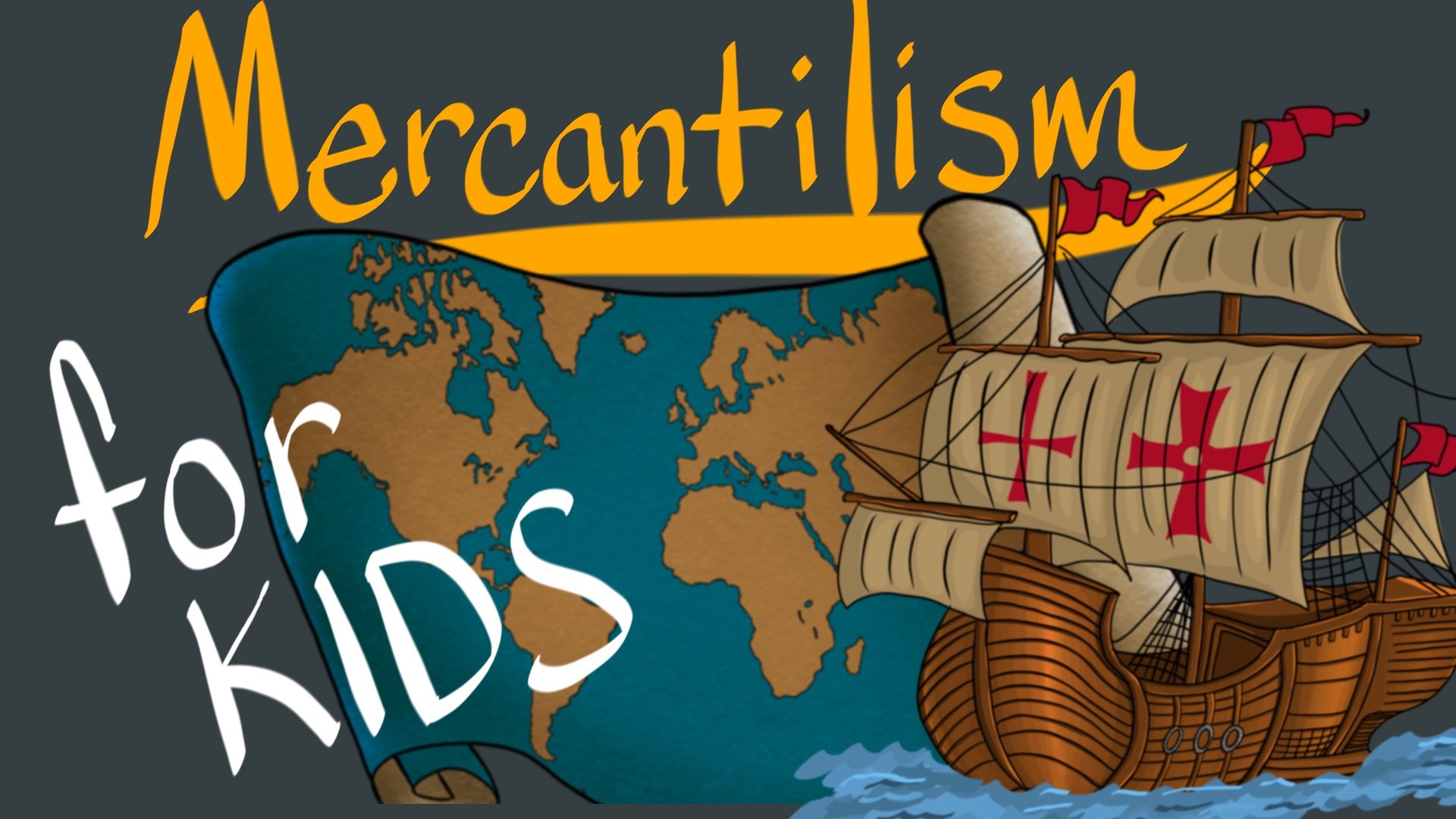Migration
Human migration is when people move from one place to another to live in a different area. It's like going on a big journey to find a new home
Lesson Plan: Discovering Migration
Objective:
To introduce students to the concept of migration, covering both animal and human migration.
To help students understand the reasons why animals and people migrate.
To engage students in a creative activity related to both types of migration.
Materials:
Pictures or illustrations of migrating animals (birds, butterflies, etc.)
Pictures or stories about human migration (e.g., historical migrations, immigration)
World map or globe
Whiteboard and markers
Story or video about animal migration (optional)
Colored pencils, crayons, or markers
Blank sheets of paper
Introduction (10 minutes):
Begin by asking the students what they think the word "migration" means.
Write their ideas on the whiteboard.
Explain that today, they will learn about migration, which is when animals and sometimes people travel from one place to another.
Discussion (15 minutes):
Show pictures or illustrations of migrating animals, as previously mentioned.
Discuss why animals might migrate (finding food, escaping cold weather, having babies in safer places).
Transition to human migration by showing pictures or stories about different kinds of human migrations, such as people moving to new countries (immigration) or groups of people moving long distances in history (e.g., the migration of early humans, the Trail of Tears).
Discuss the reasons why people might migrate:
To find better job opportunities
To escape danger or war
To be with family
To have a better life
Show a world map or globe and explain that people migrate all around the world for various reasons, just like animals.
Activity (20 minutes):
If time allows, read a short story or show a video about animal migration to make it more engaging.
Provide each student with a blank sheet of paper and art supplies (colored pencils, crayons, markers).
Ask the students to draw a picture of an animal that migrates on one half of the paper and a picture of a person or a group of people who migrate on the other half.
Encourage creativity and imagination in their drawings.
Once they finish their drawings, have a few students share their artwork and explain what they drew.
Conclusion (5 minutes):
Summarize the key points about migration, both animal and human:
Migration is when animals and people move from one place to another.
Animals migrate for reasons like finding food, escaping cold weather, or having babies in safer places.
People migrate for reasons like finding better opportunities, escaping danger, being with family, or seeking a better life.
Optionally, share an interesting fact about animal or human migration to leave the students intrigued.
Wrap-up (5 minutes):
Have a brief class discussion to recap what the students have learned about both animal and human migration.
Encourage students to ask any final questions they may have.
Homework (Optional):
If desired, assign a short homework task such as writing a sentence or drawing another picture of an animal or person/group of people that migrate to reinforce the lesson.
Assessment:
Assess students' understanding through class discussion, participation in the activity, and their ability to summarize key points about both animal and human migration during the conclusion.






